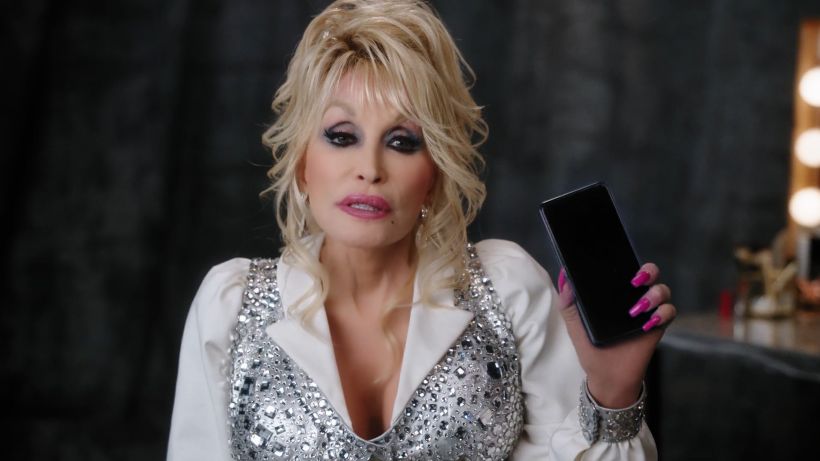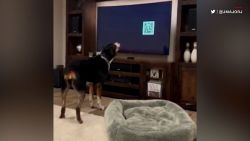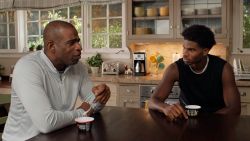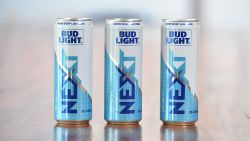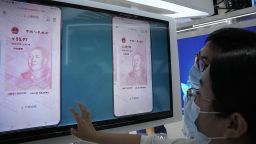Editor’s Note: Tim Calkins is a clinical professor of marketing and associate chair of the marketing department at the Kellogg School of Management at Northwestern University. Calkins teaches courses in marketing strategy and biomedical marketing, and acts as co-academic director of the school’s branding program. The opinions expressed in this commentary are his own.

The Super Bowl is the biggest single advertising event of the year. Companies line up to spend millions of dollars buying commercial time during the game, and they spend months working on the ads, surveying consumers and testing different creative ideas.
But unlike most advertising these days, Super Bowl ads are designed to appeal to a broad audience. With about 100 million people watching the game, this is not the place for targeted messages that will connect with a small group of people. Super Bowl ads need to tap into wider social, cultural and economic trends.
So what do this year’s ads tell us about the state of the country?
One clear takeaway: Americans are fatigued by the pandemic, and are looking forward to brighter days ahead.
As a result, the tone of this year’s Super Bowl ads was remarkably positive. Most years, the Super Bowl is a mix of humorous, cheerful spots and more thoughtful, emotional advertising. For every funny Bud Light spot, there is typically a more serious ad, like Google’s wistful “Loretta” spot in 2020, or Airbnb’s “We Accept” ad from 2017. This year, the tone was relentlessly upbeat. Only a few advertisers tried to address anything remotely serious, like Salesforce and Google, and even these had a positive tone. This suggests that the more emotional and serious messages simply aren’t resonating this year. After two years of a pandemic, people need positive messages and encouragement.
Similarly, there was almost no mention of the pandemic, aside from an ad from testing company Cue. There were no masks, no thank-yous to the first responders, no reminders to get a booster. There weren’t even subtle references to it. In 2021, Bass Pro Shops and Cabela’s noted, “…you may be feeling a little cooped up…” and Scotts pointed out that the backyard “had quite a year.” Budweiser didn’t run an ad at all, and instead donated to vaccine awareness.
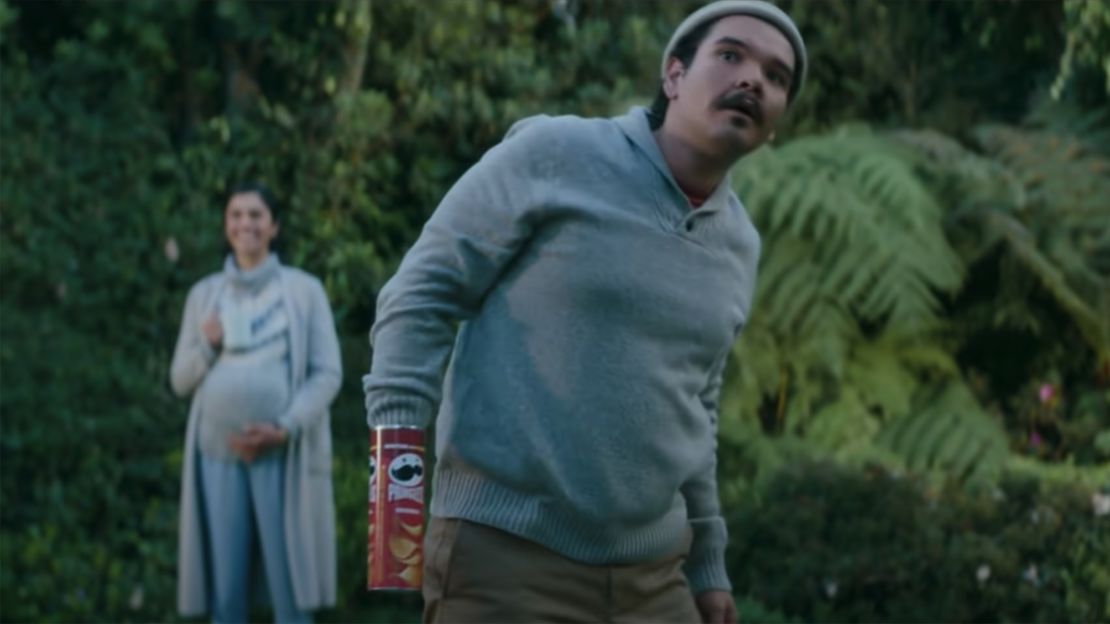
This year, social gatherings dominated the commercials. Irish Spring featured a somewhat strange gathering of nice-smelling people on an island. Pringles’ ad showed parties and a wedding. Lay’s tapped into the wedding theme as well. Avocados From Mexico celebrated in-person tailgating. Michelob Ultra spots featured people at a bowling event.
Travel advertisers vanished last year as many Americans were still staying home, but they were back this year. The return of travel companies’ ads during the Super Bowl, such as Turkish Airlines and Booking.com, are another indication that advertisers believe people are done staying home and are ready to hit the road. These companies want to be top of mind as people start planning their summer vacations.
There was also a strange mix of the future and the past. Some old familiar characters were back: E-Trade’s famous talking and investing baby, and Budweiser’s iconic Clydesdales. General Motors embraced nostalgia in a big way, with Dr. Evil and “The Sopranos.” At the same time, there was considerable mention of the future and sunny days ahead. Meta showed the power of a virtual world and Kia featured a robo dog. The combination of old and new indicates that people find comfort in the familiar, but they are open to change and the future. They just don’t want to be reminded of the present situation.
There were also a slew of ads for two technologies that are transforming the country and becoming more widely accepted: crypto and electic vehicles.
The crypto advertisers, including Crypto.com and FTX, made a big showing during the game. Coinbase ran the most unusal ad, which featured a QR code moving around the screen. Until recently, many people would have been stumped by this, but now they know exactly what to do: Pull out the phone and try to scan it.
The electric vehicle ads were mostly from the big automakers with household names, all highlighting their new electric vehicles. BMW had the most effective spot, with the creative based on a retiring Zeus and Hera.
While a broad mix, the Super Bowl advertising this year indicates that people are looking ahead and ready for brighter days. To resonate today, don’t talk about the past two years. Focus on what’s ahead instead.

